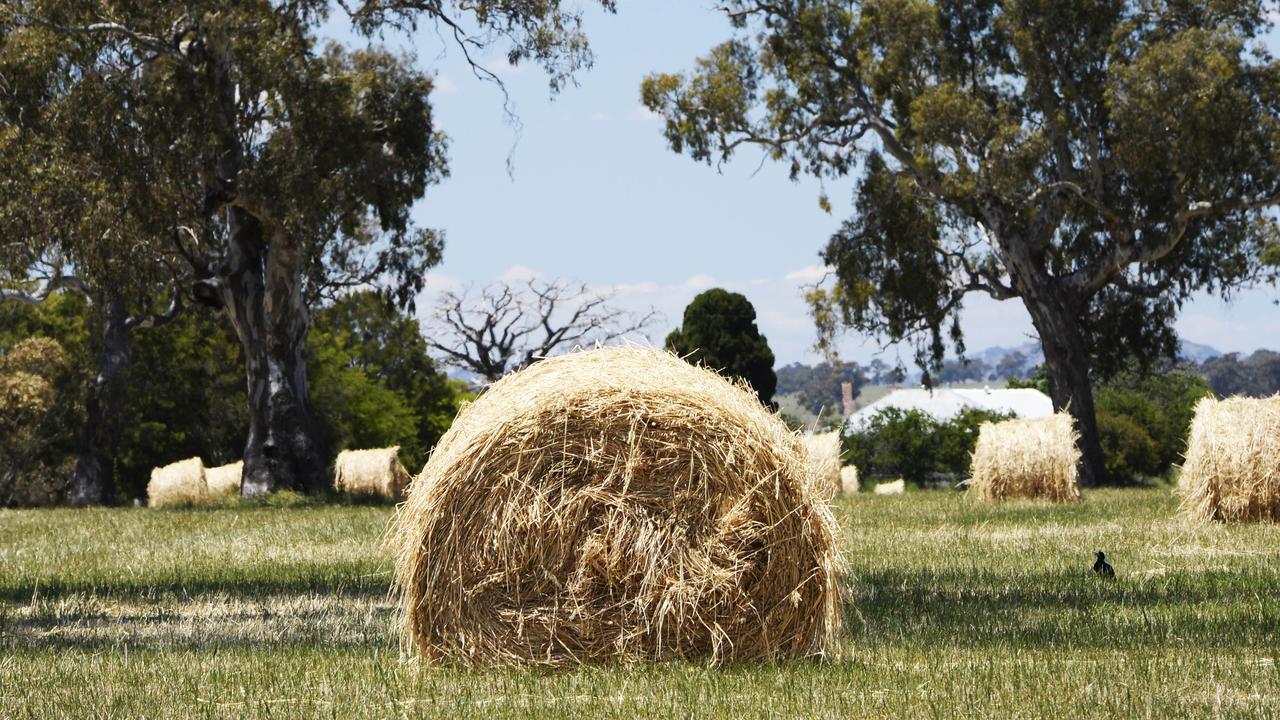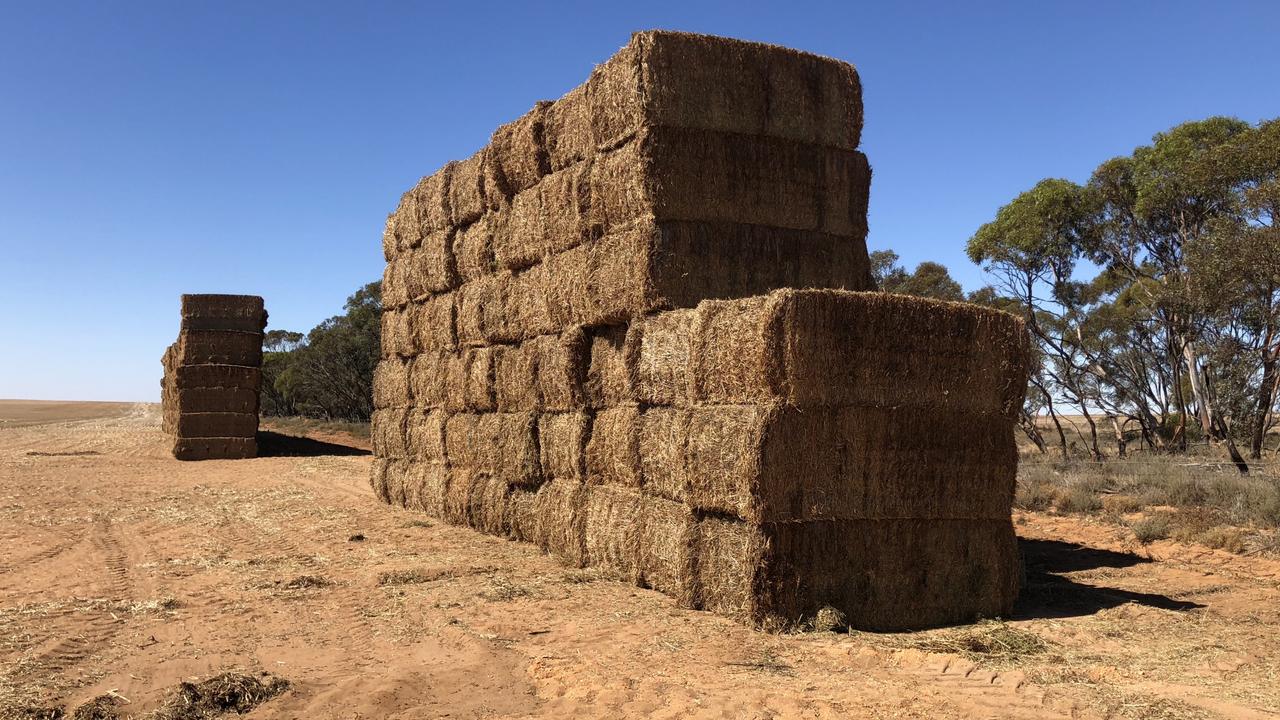Never mind the quantity, go for quality
Healthy rain on the east coast augurs well for supply, with buyers in a better position to call the shots for high grade hay.
AFTER the impressive opening rain down the east coast of Australia this year, hay growers and advisers are recalibrating how they consider cereal crops for hay.
Since spring 2017, when the depth of hay demand became apparent, the domestic market has been quantity driven.
Northern graziers desperate to keep stock alive have been looking for tonnes to load on trucks.
While some sellers provide critical quality details such as protein, energy and fibre levels, most buyers could see little difference in value for money of the hay on offer and prices reflected little quality premiums, especially for cereal hay.
The higher priced protein hay sector, including clover, lucerne and vetch, has often traded with a premium price for the higher protein lots.
Now that many of the drought-stressed regions have received great rain during the past three months, the cracks in paddocks are filling and the shape of the new season’s hay market is changing.
It is likely the export hay sector will once again become the leader in determining hay prices and differential quality.
The autumn weather has been ideal for the early sowing of oaten hay crops.
Some hay growers at Hopetoun took full advantage of the early rain and have oaten hay crops that began emerging last Thursday.
To have cereal hay crops in the ground and up at this time of the year is heartening, as crops can build biomass before winter. If the favourable growing conditions permit, spring could see further stem and leaf matter accumulate prior to spring cutting time.
Too much growth can be a mixed blessing, as growers know from the 2016 season when heavy cereal crops laid down and lodged following wind and spring rains.
Often, growers are unable to fully cure these crops resulting in large volumes of dark coloured poor quality hay.
According to hay growers, cereal hay crops can still be strategically grazed before the meristem reaches grazing height and then recover to build biomass once more during spring, but the spring weather will be critical.
A dry spring may not be able to compensate for the hay yield lost due to the winter grazing. However, for those crops that are not grazed, a tight finish from a dry spring is more likely to generate high- quality hay than a wet spring.
Typically, Victoria exports 30 per cent of the state’s cereal hay, while South Australia exports more than 55 per cent.
As the proportion of exported hay rises, the more the hay market will follow the pricing principles of the export sector.
Hay exporters buy hay under various grading schemes, which are typically six grades with prices spread over a $100 price range.
Without a drought market to take hay without too many questions, hay sellers will need to refocus on quality to suit this export market, especially as new export plants continue to build capacity and throughput in Victoria and the Riverina.


